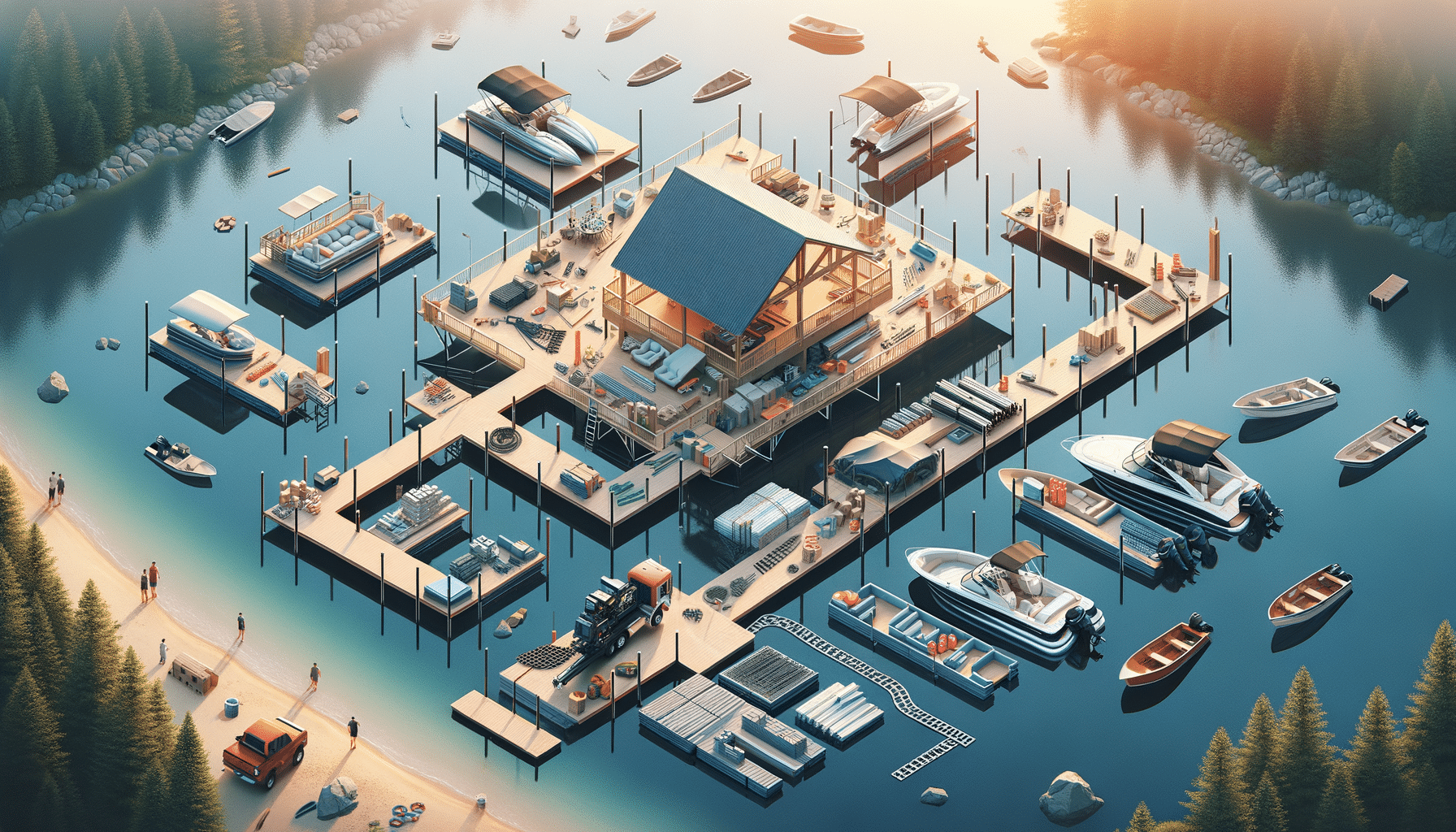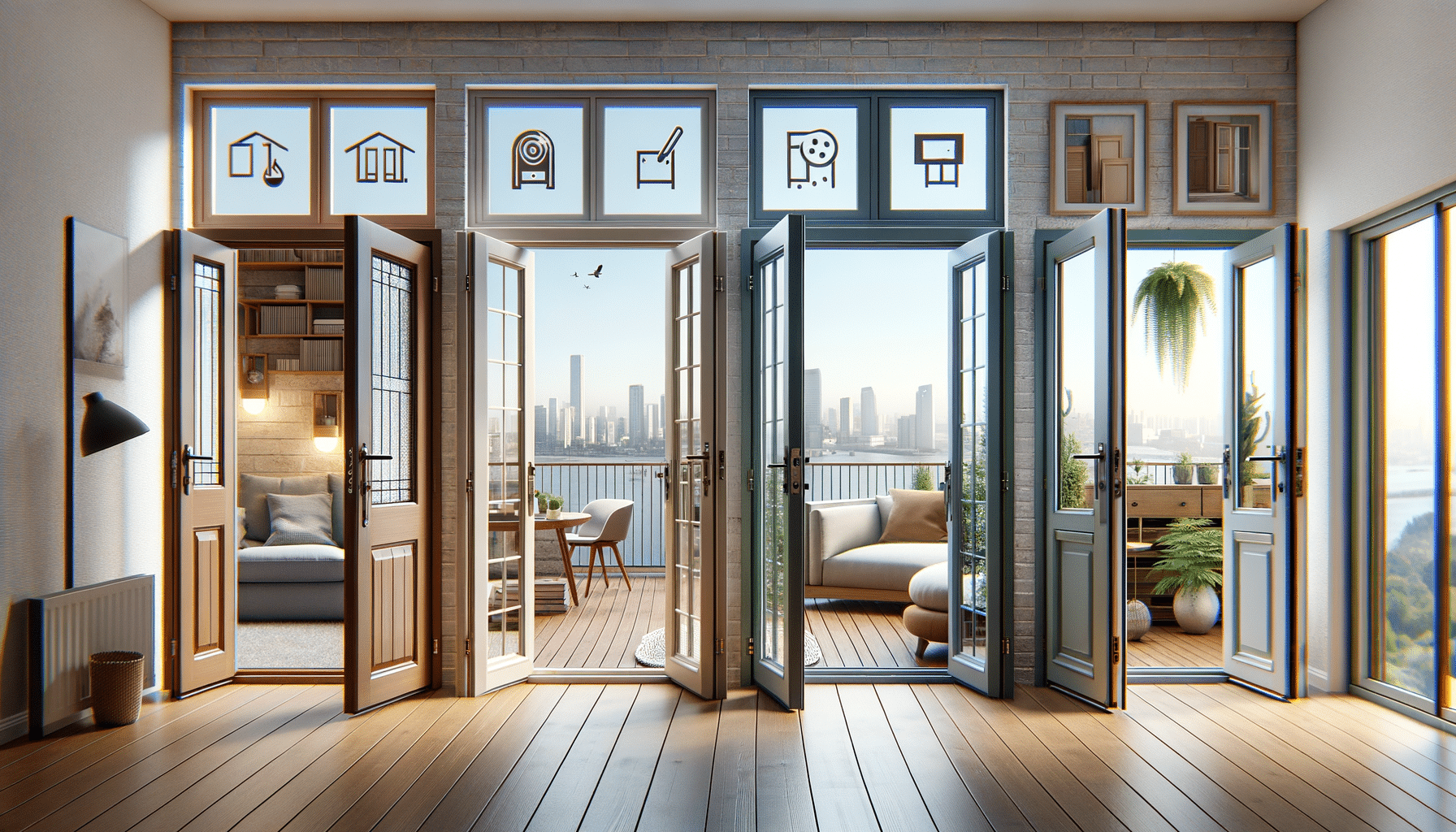
Here is A Checklist of Things to Know Before Building or Installing a Boat Dock on Your Property
Understanding the Basics of Pontoon Boat Docks
Pontoon boat docks are an essential addition for those who enjoy recreational activities on the water. These docks are specifically designed to accommodate pontoon boats, which are known for their flat, buoyant design. A pontoon boat dock typically features a wide platform that offers stability and easy access to the boat. When considering a pontoon boat dock, it’s crucial to evaluate the water depth and the type of shoreline you have. For instance, a floating dock might be more suitable for areas with fluctuating water levels, while a fixed dock could be ideal for more stable conditions.
The material of the dock is another important consideration. Common materials include aluminum, wood, and composite materials, each offering different benefits. Aluminum docks are lightweight and resistant to corrosion, making them a popular choice. Wood docks provide a classic look but require regular maintenance to prevent rot and decay. Composite materials offer a balance between durability and aesthetics, often requiring less upkeep than wood.
Before installation, it’s essential to check local regulations and obtain necessary permits, as these can vary significantly by location. Additionally, consider the environmental impact of your dock and choose eco-friendly options where possible. By understanding these basics, you can ensure that your pontoon boat dock meets both your functional needs and environmental responsibilities.
Cost Considerations for Building a Boat Dock
Building a boat dock is a significant investment, and understanding the associated costs is crucial for effective planning. The cost to build a boat dock can vary widely depending on several factors, including the type of dock, materials used, and the complexity of the installation. On average, building a dock can range from a few thousand dollars to upwards of $50,000 or more for elaborate designs.
Several factors influence the cost:
- Type of Dock: Floating docks are generally less expensive than fixed docks, as they require less structural support.
- Materials: As mentioned earlier, aluminum and composite materials tend to be more costly than wood, but they offer longer lifespans and reduced maintenance costs.
- Location: The geographical location can impact labor costs and the availability of materials.
- Permits and Regulations: Acquiring the necessary permits can add to the overall cost, depending on local regulations.
It’s important to budget for ongoing maintenance costs as well. Regular inspections, cleaning, and repairs can help extend the life of your dock and ensure safety. By understanding these cost factors, you can make informed decisions that align with your budget and needs.
Exploring Floating Boat Dock Kits for Sale
Floating boat dock kits offer a convenient solution for those looking to install a dock without extensive construction. These kits come with pre-manufactured components that are easy to assemble, making them an attractive option for DIY enthusiasts. Floating docks are particularly beneficial in areas with fluctuating water levels, as they rise and fall with the water, maintaining consistent access to your boat.
When exploring floating boat dock kits for sale, consider the following:
- Size and Capacity: Ensure the kit you choose can accommodate the size and weight of your boat.
- Material Quality: Look for kits made from durable materials that can withstand environmental conditions.
- Ease of Assembly: Kits with clear instructions and minimal tools required can simplify the installation process.
- Customization Options: Some kits offer modular components, allowing you to expand or modify your dock as needed.
Floating dock kits can be a cost-effective and flexible solution for many waterfront properties. By evaluating your specific needs and the offerings of various kits, you can find a product that enhances your boating experience while fitting within your budget.
Permits and Regulations for Boat Dock Installation
Before installing a boat dock, it’s essential to navigate the permits and regulations that govern waterfront construction. These regulations are in place to protect the environment, ensure safety, and maintain the natural beauty of shorelines. Failing to comply with these regulations can result in fines, legal issues, and the potential removal of your dock.
Here are some key steps in the permitting process:
- Research Local Regulations: Start by understanding the specific requirements in your area. Regulations can vary significantly between municipalities, so it’s important to gather accurate information.
- Environmental Impact Assessment: Some areas may require an assessment to determine the environmental impact of your dock. This may include considerations for local wildlife, water quality, and shoreline erosion.
- Submit Applications: Prepare and submit the necessary applications to the appropriate local authorities. This process often involves providing detailed plans and specifications for your dock.
- Public Notice and Feedback: In some cases, a public notice may be required, allowing community members to provide feedback or raise concerns about the project.
By thoroughly understanding and adhering to the necessary permits and regulations, you can ensure a smooth installation process and avoid potential legal complications.
Maintenance and Longevity of Boat Docks
Once your boat dock is installed, regular maintenance is key to ensuring its longevity and safety. A well-maintained dock not only enhances the aesthetic appeal of your waterfront but also provides a safe and reliable platform for boating activities.
Here are some maintenance tips to consider:
- Regular Inspections: Conduct routine inspections to identify any signs of wear, damage, or structural issues. Pay particular attention to joints, fasteners, and the dock’s surface.
- Cleaning: Keep your dock clean by removing debris, algae, and other buildup. This can prevent slips and falls and reduce the risk of damage over time.
- Repair and Replace: Address any repairs promptly to prevent minor issues from becoming major problems. Replace damaged or worn components as needed.
- Seasonal Maintenance: Depending on your location, seasonal maintenance may be necessary to prepare your dock for winter or summer conditions.
By investing time and effort into regular maintenance, you can extend the life of your dock and enjoy many years of safe and enjoyable boating experiences.


